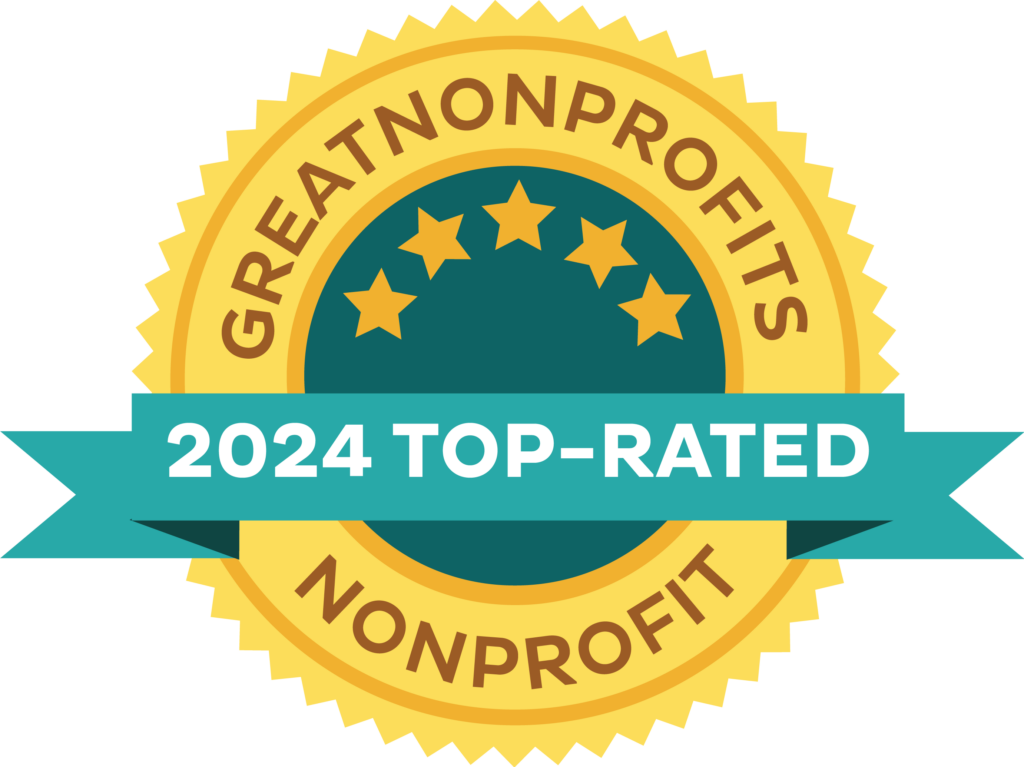You understand your risk tolerance and your investment goal(s). You have spoken with a financial professional. You have a suitable emergency fund (6-12 months of expenses in savings or cash). You are employed and employment is stable. Expenses and debt are under control. You have extra cash in your checkbook at the end of each month. You may be ready to start investing. Now what?
Invest What you Can Afford to Lose
First, invest only what you can afford to lose. Over the long term, you may make money (that’s the goal), but be prepared to see your investment value decline over the short term. That’s what markets do: rise and fall. Historically, U.S. equity markets rise 75% of the time, on average. That’s good, but that also means 25% of the time they fall. And when they do, you cannot hit the panic button and sell!
This means that if you buy a stock and the broader equity (stock) market moves lower and thereby your stock price declines, you should hold it. While the value of your investment has decreased, you haven’t taken an actual loss, right? We call this a “paper loss.” When the market rebounds, your stock price will also likely move higher. When the price of your stock moves higher than what you originally paid, this is a “paper gain.” You don’t actually reap the gain – the profit – until you sell at this higher level. How much a stock price goes up and down is called “volatility.” Volatility is common in the stock market. So, in the short term, it may look like you’re losing money; but gains are made over the long term. Investors must remain patient.
Buy Low, Sell High
Second, the basic plan is to buy low and, if you sell at some point, you sell high. This means you will make a gross profit. But not so fast: you must deduct the (capital gains) tax on this profit to determine your net profit from the investment (assuming it’s not invested in an IRA of some kind). Since the market goes up and down (volatility), there are opportunities to buy low and sell high. This is called “buying the dip” – a great time for investors to buy stocks at lower prices.
Dollar-Cost Averaging
Third, what if you want to begin investing and don’t want to wait for a dip? There is a process called “Dollar-Cost Averaging” that is very useful for investors who want to invest a little money regularly, monthly let’s say. It’s not complicated. It just means you invest a small amount of money into your portfolio at regular intervals; sometimes the market is higher (and you paid more for a stock) and sometimes the market is lower (and you paid less for a stock). At the end of 12 months, for example, the costs of your purchases average out. This is a wise investing practice, whether you’re just starting out or you’re an experienced investor.
Financial Advisor or Robo-Advisor
Times have changed drastically for investors since the introduction of Robo(t)-advisors, who are typically “faceless” DIY (Do-It-Yourself) online investment platforms. Robo-advisors have the investment process so automated, for the beginner or investor with few needs it’s easy and simple, and especially cheap. Advisor fees eat directly into your investment returns. If you are charged one percent, for example, for an advisor’s services, your six percent return becomes a five percent return – that can mean thousands of dollars in a single year! That adds up over time. So, it is inexpensive to invest using a Robo-advisor. There’s no confusing jargon or big decisions to make; you simply answer a few questions, and the Robo-advisor will build a portfolio for you. Invest as much or as little as you like, when you want, and you are on your way. Learn more at https://www.nerdwallet.com/best/investing/robo-advisors.
If you have significant assets to invest or have goals other than basic retirement, you may want to consult with a financial advisor. Most Robo-advisor platforms cannot provide financial advice or planning, for instance. If this is important to you, then you will need to hire a professional advisor. The best place to start this search is at www.letsmakeaplan.org.
Begin with Easy Investments
- Are you someone who is risk-adverse? You are older, suitably retired, and simply don’t want (or need) growth investments. You want safe, dependable income investments. In this case, you may want to visit your bank and inquire about their high-yield savings accounts and Certificate of Deposit rates. These investments are inexpensive, insured and literally risk-free, and easy to understand. The only problem is that they will not keep pace with inflation, today running about eight percent. Remember, risk and reward are inherently linked. You cannot reap a large reward without taking on the associated risk. If you are comfortable with 1-3% returns, look no further.
- Are you someone with very little to invest? You may be younger or marginally employed or retired and unemployed, but you are motivated to invest something. There is a solution – online apps Acorns and Stash – just for you. Stash, for example, will charge you just $3 per month for use of their platform, which has all kinds of investment options. Buy one share of stock, or if that’s prohibitively expensive, by just a fraction of a share. Yes, for $5.00, you can own a fraction of Amazon, for example. Acorns has a spare-change savings tool – you literally invest the spare change from purchase that you likely would not miss anyway. Most investors are surprised how easy and quickly those pennies accumulate. These are inexpensive ways to get started with very little money and little or no experience.
- Consider a target-date mutual fund for a quick and easy solution for investing at practically any age. This type of mutual fund aims to maximize performance with your predicted retirement date in mind. For example, a 2040 mutual fund is a portfolio of stocks and bonds that are automatically and properly allocated for you with retirement 18 years from now. In this case, the mutual fund has a larger allocation of stocks than bonds. However, this allocation, or ratio of stocks to bonds, will change as you get closer to the actual date of 2040. The allocation of stocks will decline and the allocation to bonds will increase; in theory, the funds are rebalanced annually to lower the level of risk in the portfolio. All of this is done automatically and internally, which can make these investments appear expensive. When shopping for a target-date fund, compare funds that match your desired retirement date, and look closely at each fund’s “expense ratio,” which is the primary cost of owning the fund. The cheapest target date funds today come with expense ratios below 0.50%. Target-date mutual funds are offered universally in 401(k) and 403(b) retirement savings plans, but they can also be purchased through investment brokers.
- Index investing is for those investors who don’t want to learn about individual companies to pick a basket of stocks or try to pick the right mutual fund from among hundreds (or pay the associated fees). According to Investopedia, an “index” is a method to track the performance of a group of assets in a standardized way. Indexes typically measure the performance of a basket of securities intended to replicate a certain area of the market. For instance, an S&P 500 index fund is built to mirror the performance of the S&P 500 index, a group of stocks comprising about 500 of America’s largest companies. It’s much easier to buy the index than try to pick a handful of stocks from 500, right? You can purchase index funds that look like mutual funds or exchange traded funds (ETFs) that tend to be less expensive. The main advantage of index investing is diversification; but remember, you may be buying the losers along with the winners when you buy a large index. Still, it’s a cost-effective and easy way to begin investing.
Summary
Contrary to popular belief, you don’t need to be rich to invest. Ironically, most of the rich invested to get where they are. There are many investment types you might consider adding to your portfolio over time, but when it comes to your first investment, you should keep it simple. Investments like individual stocks, real estate, and alternative assets can be later additions to your portfolio as you get comfortable with the investing landscape. Determine your initial investment based on your investment goals, appetite for risk, stage of life (age) and investment horizon. The important thing is to take that first step.





